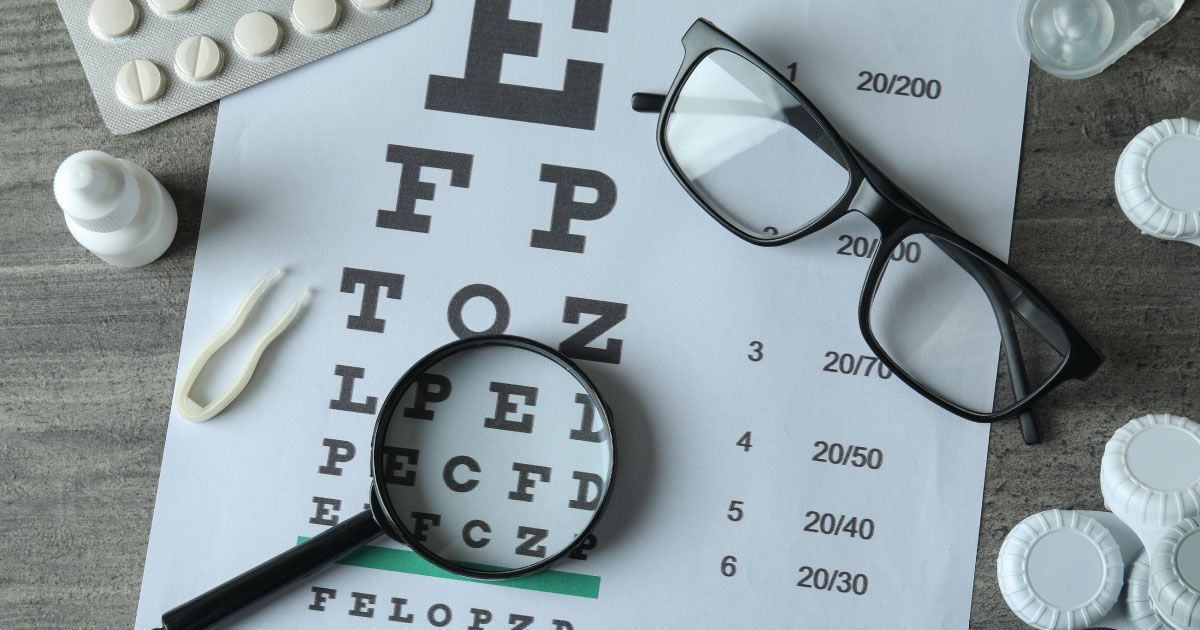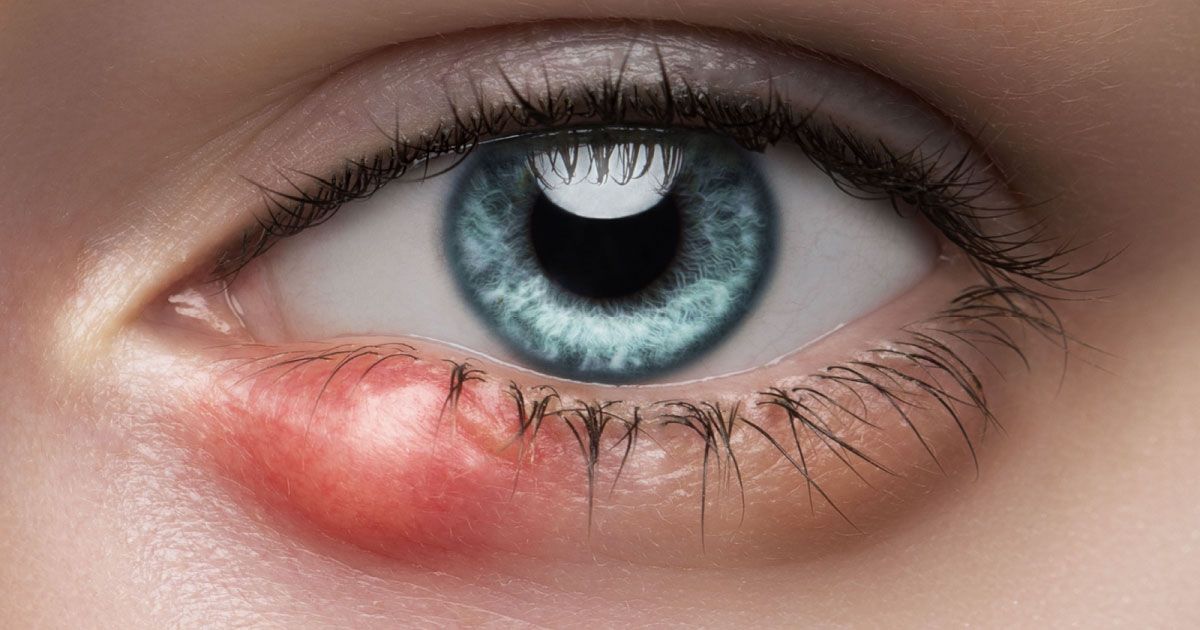The Eye Chart: An Essential Tool for Vision Testing

Read time: 5 minutes
An eye chart is a fundamental tool in optometry and ophthalmology, used to measure visual acuity—the clarity or sharpness of vision. Whether you've undergone a routine eye exam or participated in a school vision screening, chances are you've encountered an eye chart. But have you ever wondered why it looks the way it does or how it came to be? This article delves into the eye chart's history, its variations, and the reasoning behind its unique design.
A Brief History of the Eye Chart
The concept of testing visual acuity dates back centuries, but the standardized eye chart we recognize today originated in the 19th century. Here’s a look at its evolution:
Before the invention of the eye chart, vision was tested informally. Practitioners might ask patients to identify objects at varying distances or read passages of text. However, this lacked consistency and comparability across individuals.
The modern eye chart was developed in 1862 by Dutch ophthalmologist Hermann Snellen. Snellen's chart introduced a systematic way to measure vision using rows of letters that decrease in size and established a standard for 20/20 vision. It allowed practitioners to quantify vision as a fraction, where the numerator represents the testing distance (20 feet in the U.S.) and the denominator indicates the smallest line a person can read.
Over the years, Snellen’s chart inspired variations that addressed cultural, linguistic, and practical differences. For instance:
- The Sloan Chart: Introduced in the mid-20th century by Louise Sloan, this chart uses letters of uniform legibility, ensuring consistent difficulty across rows.
- The Tumbling E Chart: Designed for children or non-literate individuals, it uses the letter "E" oriented in various directions, requiring patients to indicate the letter’s direction.
- The LogMAR Chart: Commonly used in research, this chart improves on Snellen’s design by spacing letters evenly and using a logarithmic scale for size reduction.
Why These Letters?
One of the most intriguing aspects of eye charts is their selection of letters. If you've ever wondered why certain letters appear and others don't, there’s a practical explanation:
- Legibility: The letters chosen for eye charts are carefully designed to avoid confusion. For example, the Snellen chart uses letters like "E," "F," and "P" because they are distinct from one another in shape, even at smaller sizes.
- Uniform Recognition: Some letters are excluded because they could be easily confused when viewed at a distance. Letters like "I" and "O," which resemble "1" and "0," are typically avoided to reduce errors in measurement.
- Cultural Considerations: In international contexts, eye charts may use symbols or characters from various alphabets instead of Roman letters to ensure accessibility. For example, the Landolt C Chart features a ring with a gap, requiring patients to identify the direction of the gap, while the Japanese Hiragana Chart uses familiar characters from the Japanese syllabary.
How an Eye Chart Works
The eye chart measures your visual acuity by assessing the smallest line of text you can read at a standard distance. Here's a breakdown of how it’s used:
- The Testing Environment: The chart is placed at a standardized distance from the patient (20 feet in the U.S. or 6 meters in many other countries). Proper lighting ensures the chart is evenly illuminated, eliminating any variables that could affect results.
- Reading the Chart: Patients cover one eye at a time and read aloud the smallest line they can see clearly. Optometrists or ophthalmologists note the results, which are expressed as a fraction (e.g., 20/20).
- Interpreting Results: 20/20 vision indicates normal acuity; you can see at 20 feet what a person with normal vision can see at 20 feet. 20/40 vision suggests you need to be at 20 feet to see what a person with normal vision sees at 40 feet. 20/15 vision implies better-than-average vision, as you can see at 20 feet what others see at 15 feet.
Modern Variations of the Eye Chart
While the Snellen chart remains iconic, modern testing often incorporates advanced tools to improve accuracy and accessibility:
- Digital Eye Charts: Many clinics now use digital displays that can randomize letters, reducing memorization bias. Digital charts can also adjust brightness and contrast, accommodating various testing needs.
- Pediatric Eye Charts: For young children, charts often feature pictures or symbols like animals or stars instead of letters. This ensures engagement and accurate results for non-readers.
- Color Vision Testing Specialized: charts, such as the Ishihara test, assess color vision deficiencies rather than visual acuity. These charts use colored dots to form numbers or shapes.
Interesting Facts About Eye Charts
- The Snellen Chart Is Not Universal: While widely recognized, the Snellen chart is not the only standard. Some countries prefer alternatives like the LogMAR chart for its greater precision.
- It’s Not Just for Humans: Did you know animals also undergo vision testing? Veterinary eye charts are adapted to assess the vision of animals like dogs and horses.
- Beyond 20/20 Vision: Vision can be better or worse than 20/20. For instance, fighter pilots often have 20/15 or better vision, providing an edge in high-speed environments.
- A Symbol of Pop Culture: The Snellen chart has transcended medical use to become a cultural icon. Its distinct design frequently appears in movies, advertisements, and even fashion.
Why the Eye Chart Matters
The humble eye chart is more than just a collection of letters. It plays a critical role in detecting refractive errors like nearsightedness, farsightedness, and astigmatism. It also helps identify early signs of eye conditions, such as cataracts or macular degeneration and allows optometrists to monitor changes in vision over time, ensuring timely intervention.
Regular vision screenings with an eye chart help maintain optimal eye health and quality of life. Whether you're reading road signs, enjoying a sunset, or engaging in your favorite hobbies, clear vision is indispensable.
The Takeaway
The eye chart, simple yet ingenious, continues to be a cornerstone of vision care. Its evolution from Hermann Snellen’s 19th-century design to today’s digital adaptations highlights its enduring importance. Whether testing your vision in a clinic or marveling at its clever design, the eye chart remains a fascinating and essential tool in the pursuit of clear sight.
The next time you see an eye chart, take a moment to appreciate its history, purpose, and the remarkable thought behind each letter. After all, it's more than a test—it's a gateway to better vision and a clearer world.
Ready to see the world more clearly? Don’t wait—schedule your comprehensive eye exam at Urban Optiks Optometry today! Our expert team is here to ensure your vision is at its best, offering advanced technology and personalized care. Clearer sight and healthier eyes start with a visit to our boutique. Book your appointment now and take the first step toward optimal eye health!
Share this blog post on social or with a friend:
The information provided in this article is intended for general knowledge and educational purposes only and should not be construed as medical advice. It is strongly recommended to consult with an eye care professional for personalized recommendations and guidance regarding your individual needs and eye health concerns.
All of Urban Optiks Optometry's blog posts and articles contain information carefully curated from openly sourced materials available in the public domain. We strive to ensure the accuracy and relevance of the information provided. For a comprehensive understanding of our practices and to read our full disclosure statement, please click here.


















